Three Days in Porto
Formerly an industrial hub, Portugal’s second-largest city has relatively recently become one the country’s most-visited cities and it’s easy to see why. Porto has a spectacular setting along the Douro river and the city centre is a UNESCO World Heritage site with numerous historic sites. At the same time, Porto’s small size means it’s still a quaint and walkable city, as long as you don’t mind hills. The beach is just a quick bike or bus ride away, and the local food and port wine scene are the icing on a very delicious cake.
Map
Day 1 - Explore the City
DO: I recommend getting a lay of the land by taking a free guided tour of the city. There are numerous companies offering these free tours, the one I took was through Porto Walkers and meets on Aliados Avenue, one of the main streets (as of 2022 it’s a bit of a mess as they are constructing a new metro line here). If you’ve been to Lisbon, you’ll see Porto is a lot smaller so on the 2.5-3 hour tour, you’ll cover many of Porto’s main sights. The Porto Walkers tour ended by the river in the Ribeira quarter. You can eat here (prices will be a little higher, but you can’t beat the view), or venture back up the hill you walked down for more options uptown.
If you don’t do a walking tour, make sure to check out the inside of the Sao Bento station, rua Santa Catarina (the main shopping street), the cathedral (se), The Clerigos Tower and the Ribeira (along the Douro River).
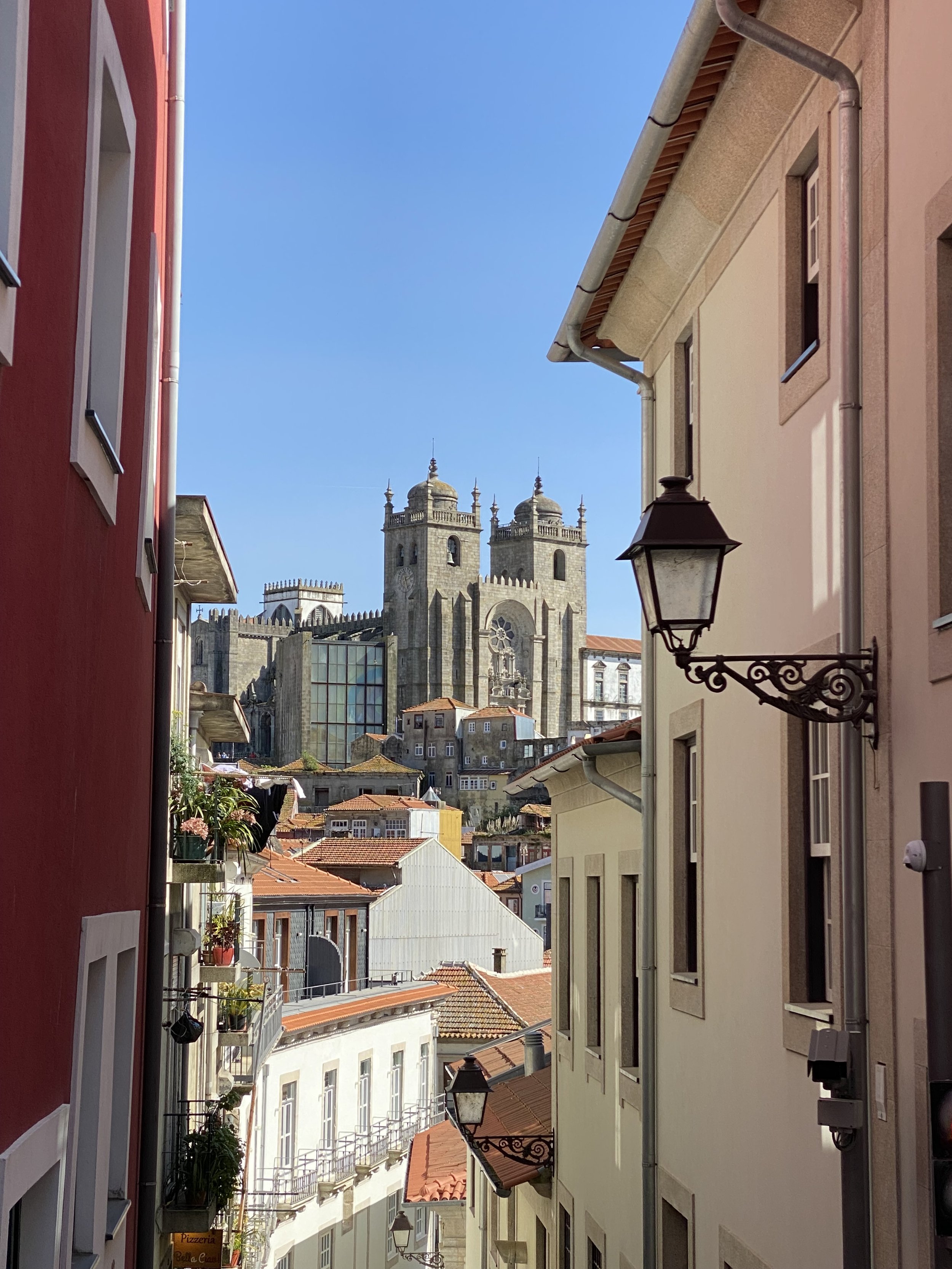
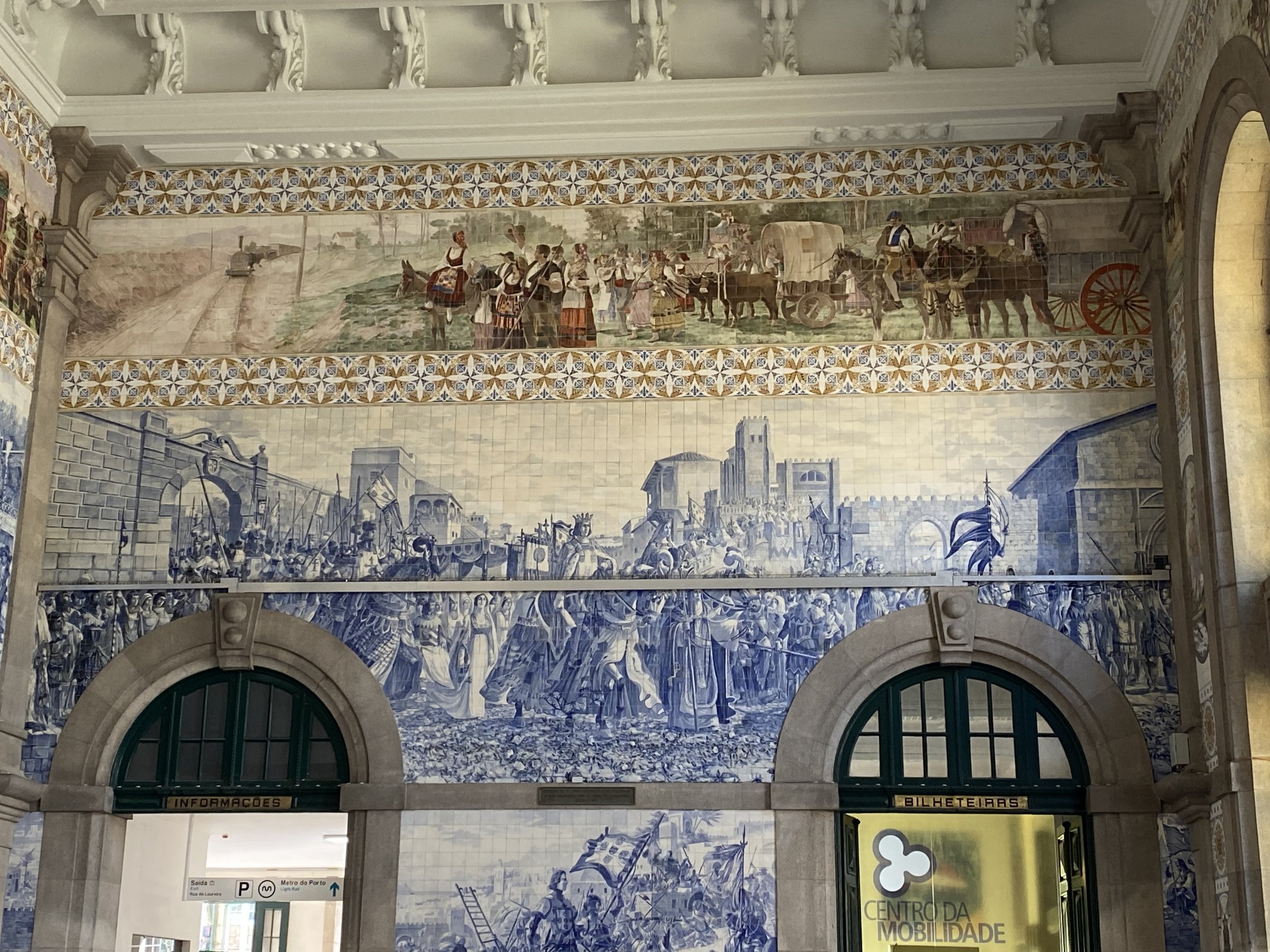
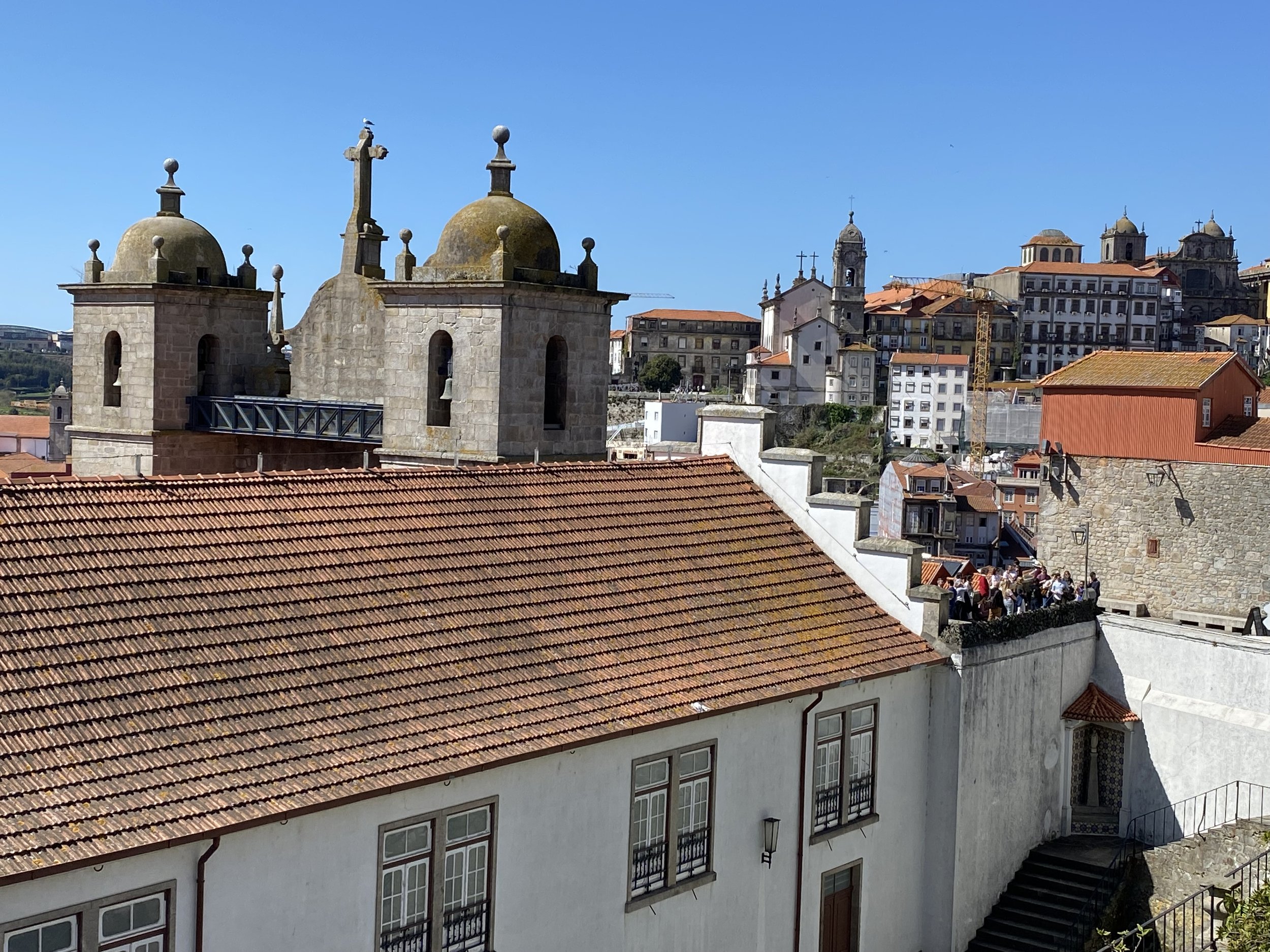
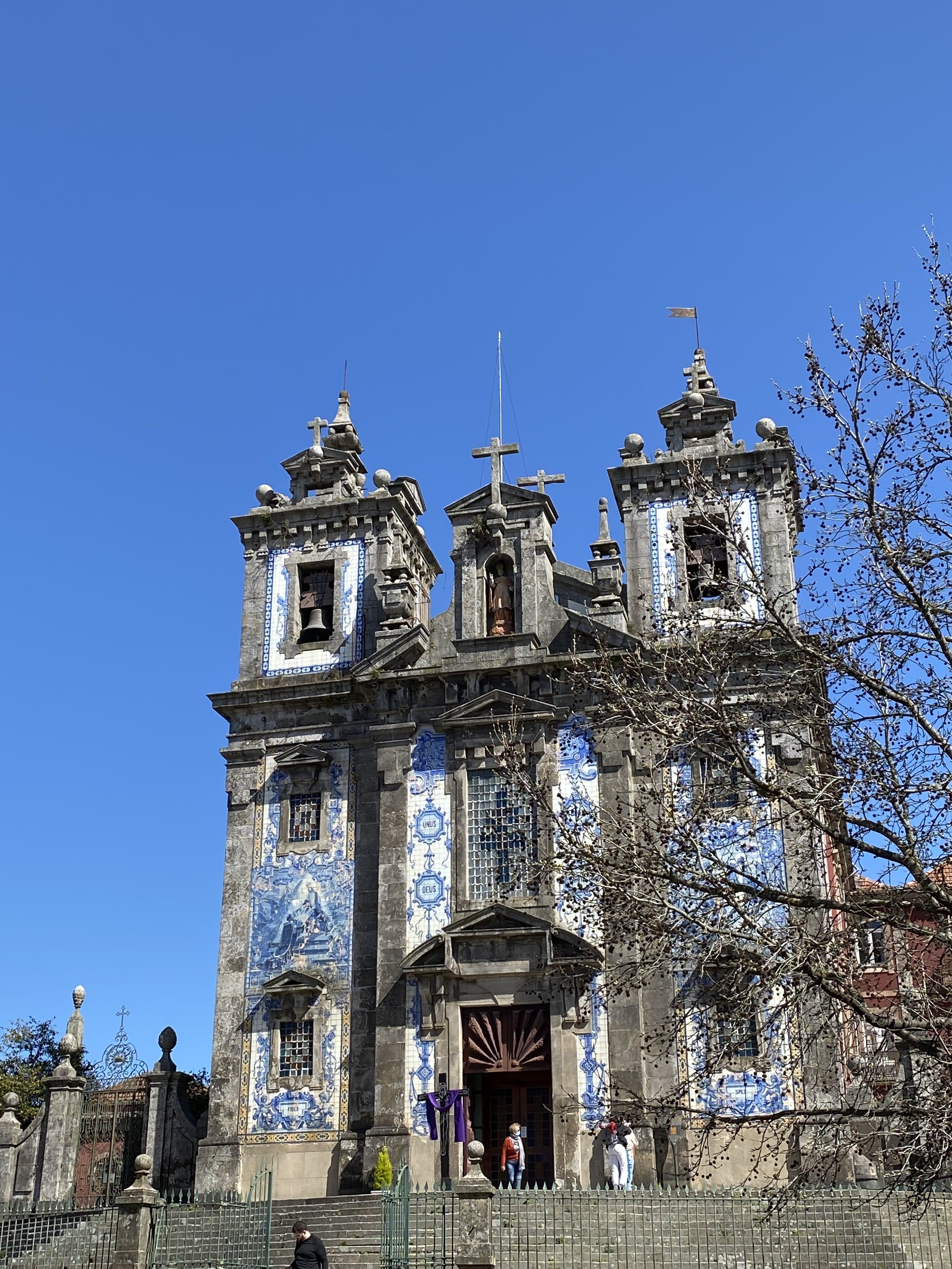
EAT: I ate at a little spot called Casa Braganca, a local place where you can try out some specialties such as Bachalau (cod fish, prepared in all sorts of ways including smothered in cheese as seen below), or octopus lagareiro (octopus with potatoes). OnTheMove tip: smash the little potatoes in the olive oil first to soak it all in. For great vegetarian food, my Porto Walkers guide recommended Buffet DaTerra.
DO: You definitely should catch a sunset at Jardim do Morro, which sits right across the Luis I Bridge (the view from the bridge is an attraction itself) in Villa Nova de Gaia (“Gaia”). There will likely be tons of locals (and tourists) relaxing on the hill, watching the sun go down. With a cup of port wine in hand, and live music in front of you adding to the ambience, it’s a magical Porto experience.
EAT: Francesinha at Cafe Santiago: If you like meat, a francesinha is a Porto speciality you have to try once (although apparently veggie/vegan versions are available at some places). What is a francesinha? Are you ready for this? It consists of four different kinds of meat (steak, ham, and two kinds of sausage), smothered in a tomato and beer sauce, with cheese, fries on the side, and for good measure -a fried egg on top. There’s a lot going on here, and you may not want another one while in town, but it’s a true Porto experience.
Day 2 - Drink the Port
DO: The Livraria Lello is Porto’s famous bookstore, known for being the inspiration of the Harry Potter library. It’s often really lined up so personally I wouldn’t wait too long but if you want to see it, the best way is to get a ticket in advance (5 euros) and go 10-15 minutes before it opens at 9:30am.
For the rest of the morning, meander through the streets of Porto soaking in the beauty of the historic centre, a UNESCO world heritage site.
DO/DRINK: Cross the river, this time on the lower walkway of the bridge, to check out the port wine houses in Gaia. You can tour one of the big wine cellars or do a port wine tour (I did one through Porto Walkers that included a number of tastings). The rooftop bar at the Porto Cruz winery offers a beautiful view across the river to Porto, although with more of a clubby atmosphere.
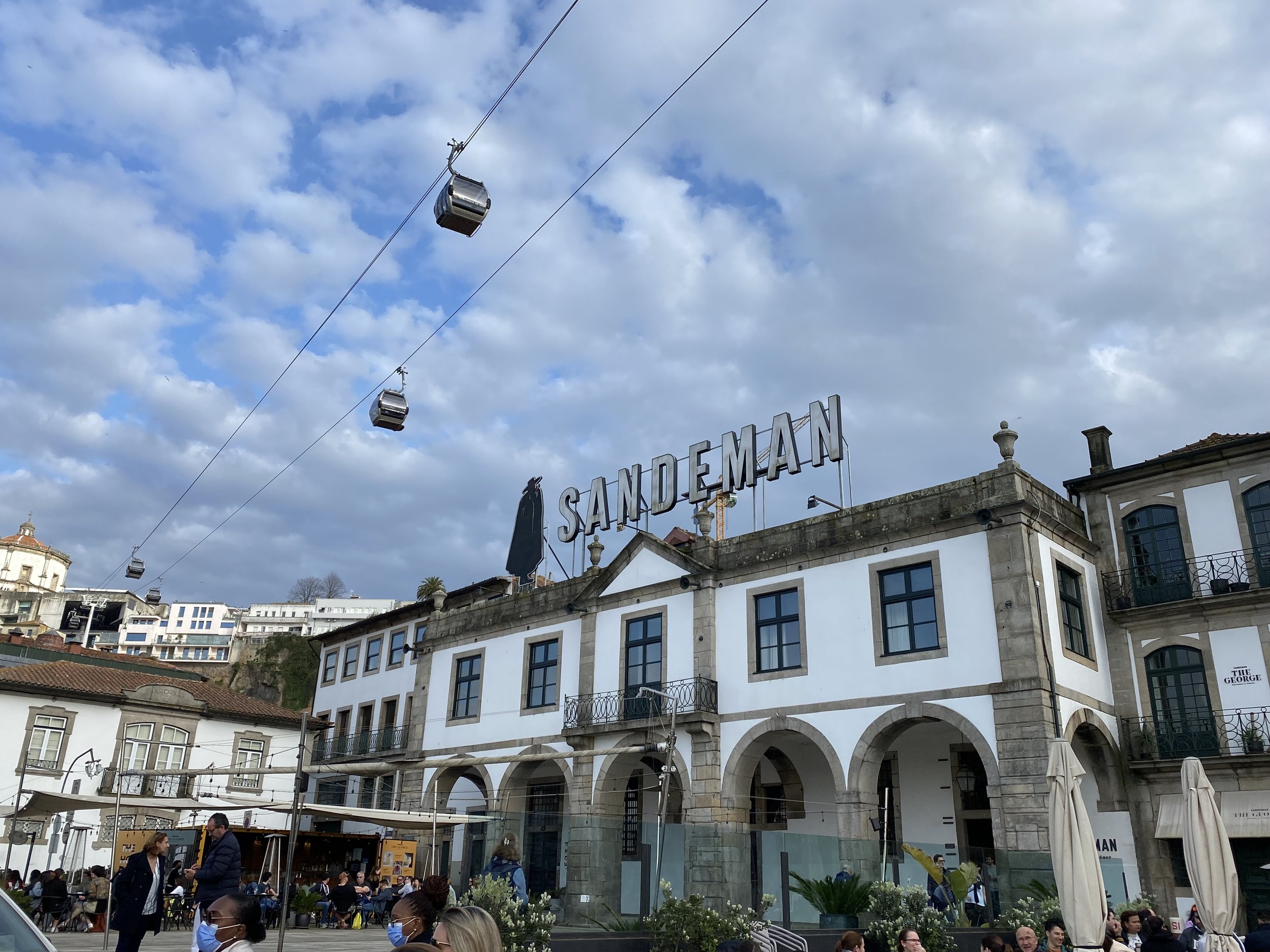

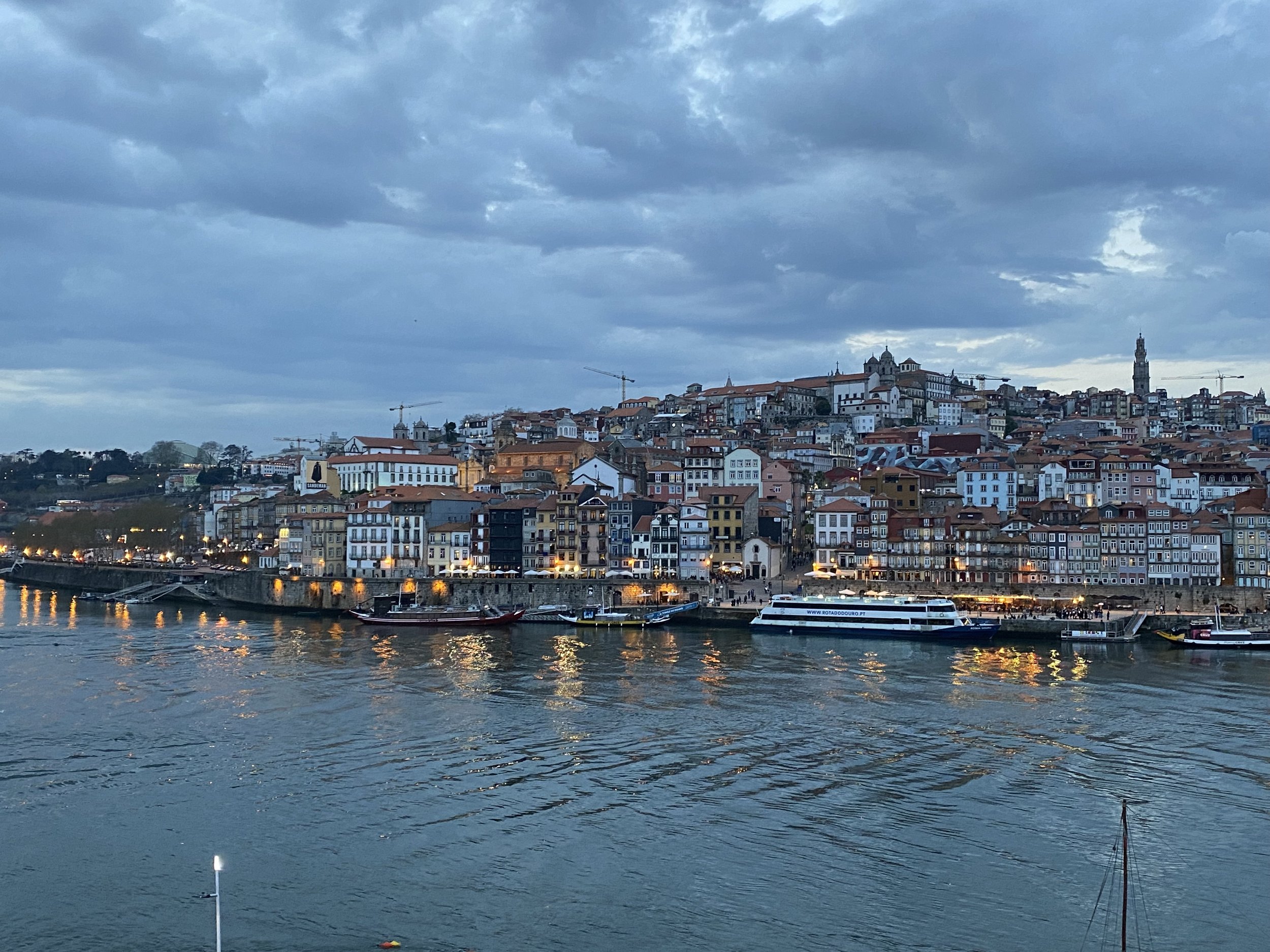

EAT: Go to Pedro dos Frangos for some peri-peri chicken, pasteis de bacalhau (cod cakes) and other Portuguese classics.
Day 3 - Head to the Coast
DO: You can rent a bike at Biclas and Triclas along the waterfront, just west of the Ribiera. A nice ride is along the coast to Foz and then onto Matosinhos. Part of the ride is on a great bike path, some of it is not, so be careful of pedestrians and especially of tram tracks (I say this from my experience of an unfortunate encounter of my bike tire meeting a tram track). It’s a really beautiful ride - you’ll see where the Douro River opens up into the Atlantic, the lighthouse in Foz, and the sandy beach of Matosinhos. The one-way bike ride is about 10km but you’ll likely spend more time than you think if you stop to take in the view at the many scenic viewpoints on the way, or if you relax on the beach. Luckily, the bike rental costs are very reasonable.
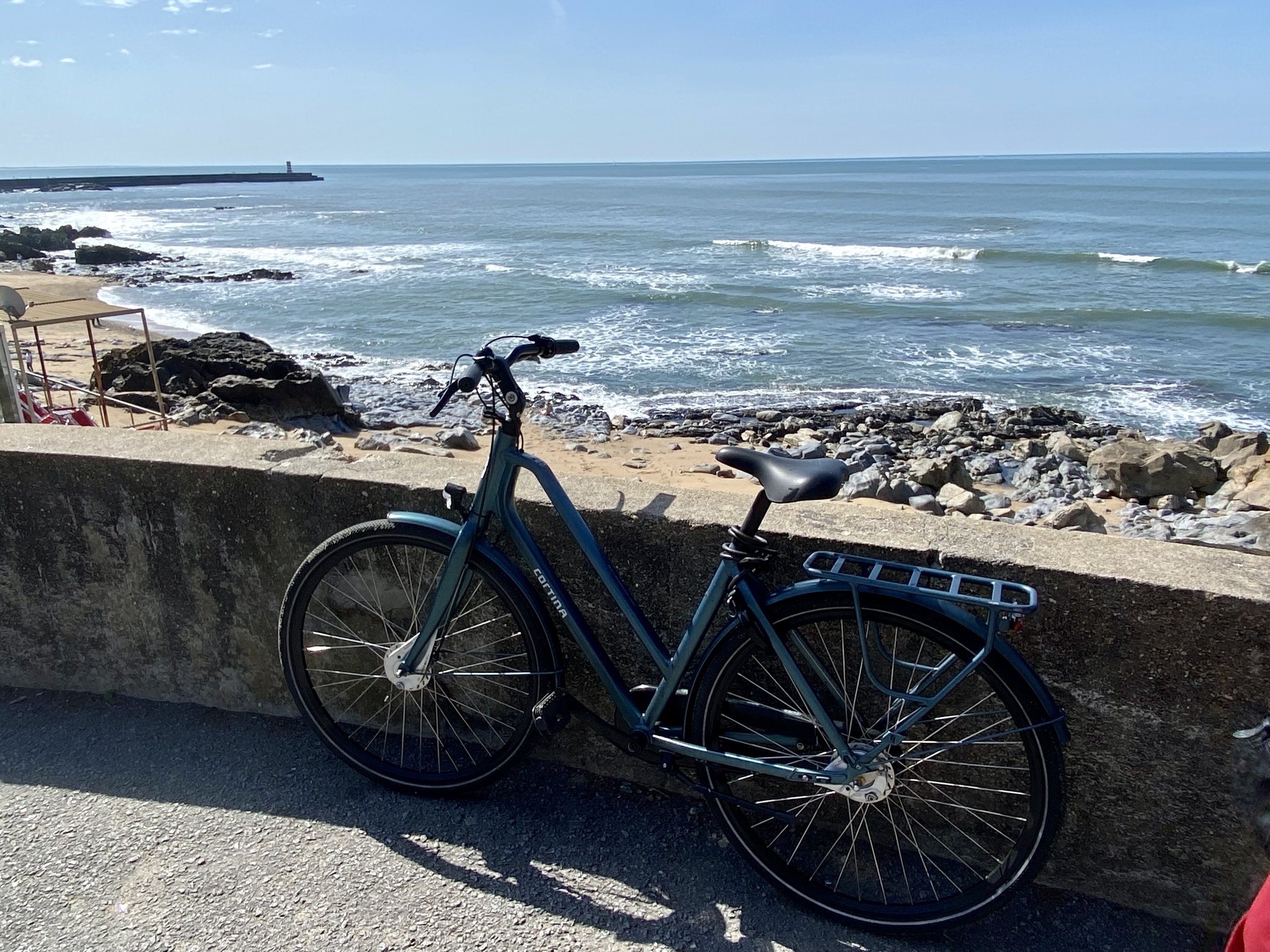
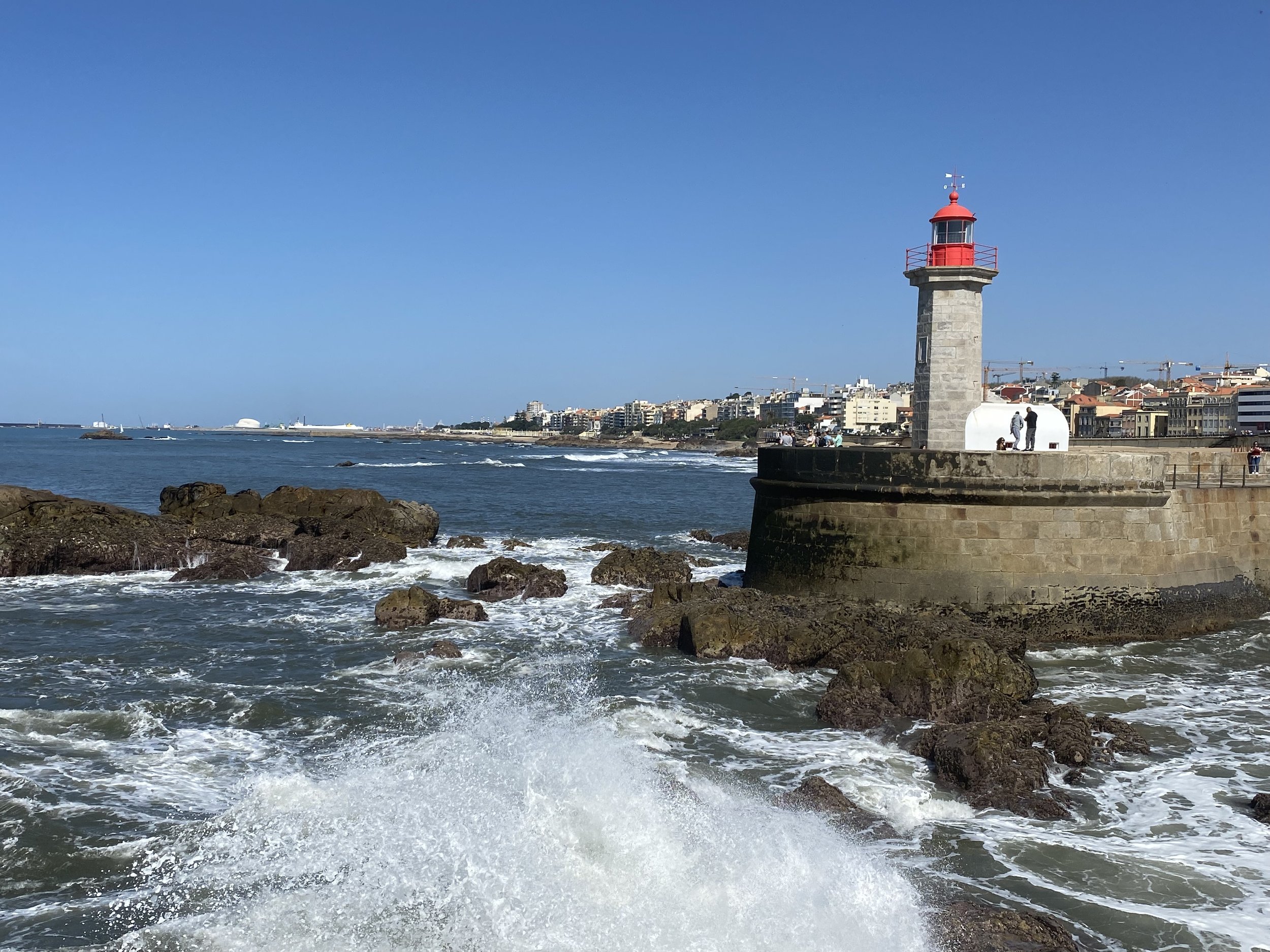

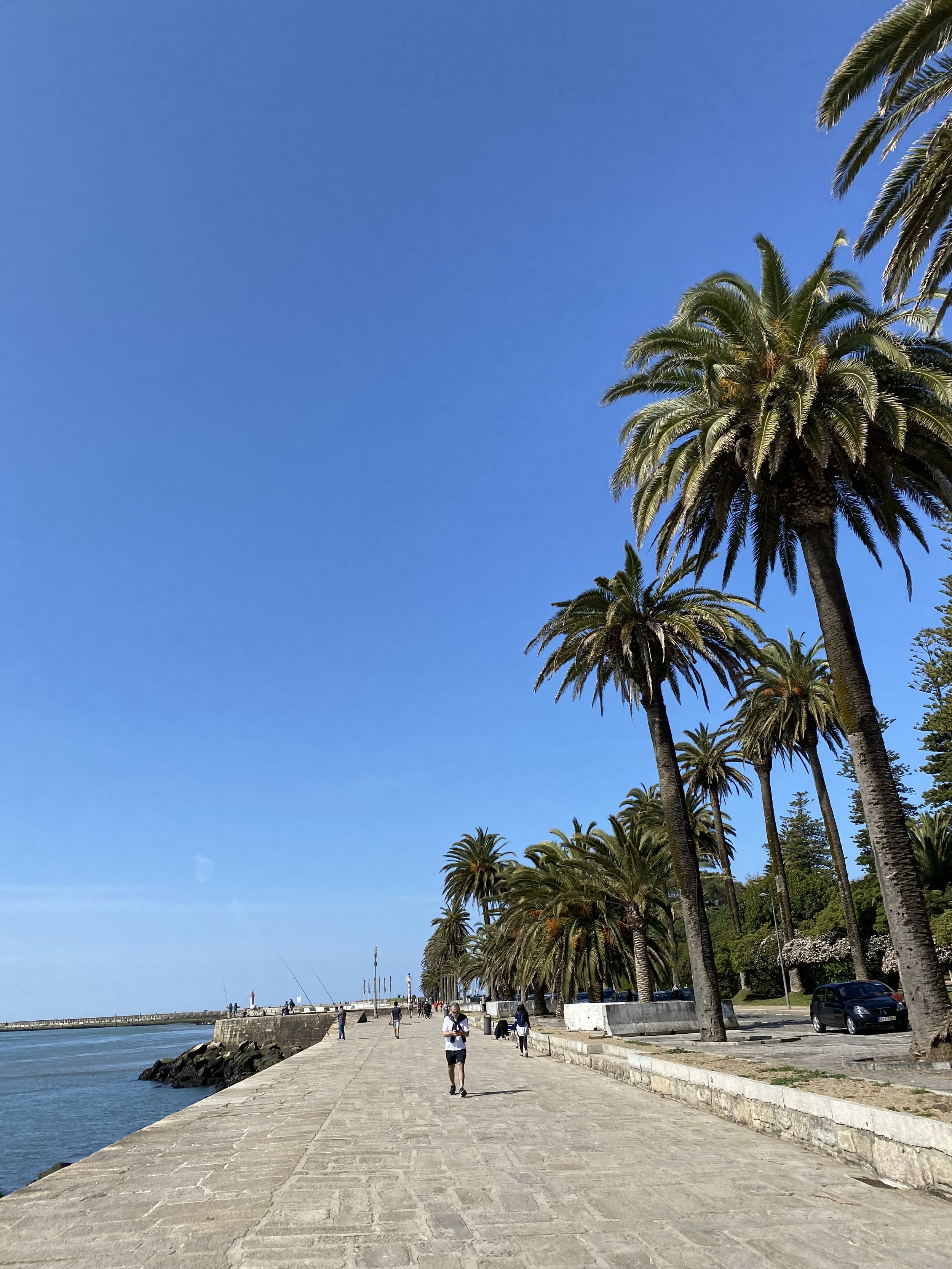
EAT: On the main street of Matosinhos, there is a row of restaurants serving fresh fish and seafood (rua Herois de Franca) - you’ll see each place with a grill right in front. I went to a restaurant called Tito 2 on the main drag, but it seemed like there are lots of great options.
EAT: If you were just in Lisbon and became a fan of Manteigaria and their outstanding pasteis de nata/egg custard tarts, you’re in luck because there are two locations of the same chain in the historic centre of Porto to get your nata fill in Porto.
Stopover
If you’re coming from or heading to Lisbon by train, you can stop in the town of Coimbra on the way, as it’s about halfway between the two bigger cities. However, if you’re short on time, I’d recommend just sticking to Lisbon and Porto.
If you do stop in Coimbra, you’ll find a more relaxed, less touristy experience and it’s a nice place to spend a quiet few hours. OnTheMove tip: Hotel Oslo is right across from the Coimbra “A” train station and will let you store your bags for free for the day. (Most trains from Lisbon go to Coimbra B and then you have to switch trains for the brief ride to the station in the centre).
Coimbra is most famous for its university which dates back to 1290. On my four hour stop in the city, my first stop was to see the university (tickets required), most famous for its stunning library (Biblioteca Joanina), considered one of the most beautiful in the world. Your ticket is also good for the chapel, the great hall, and a small science museum. I also had time to walk around the town and through the botanical gardens.
With a population of about 150,000, the historic centre is pretty compact and you can easily walk from the train station to the main sites
I also had a great lunch at a little place called Toca do Gato, which serves fresh fish, seafood, and other Portuguese favourites. I’d highly recommend the glorious octopus dish pictured in the gallery below.
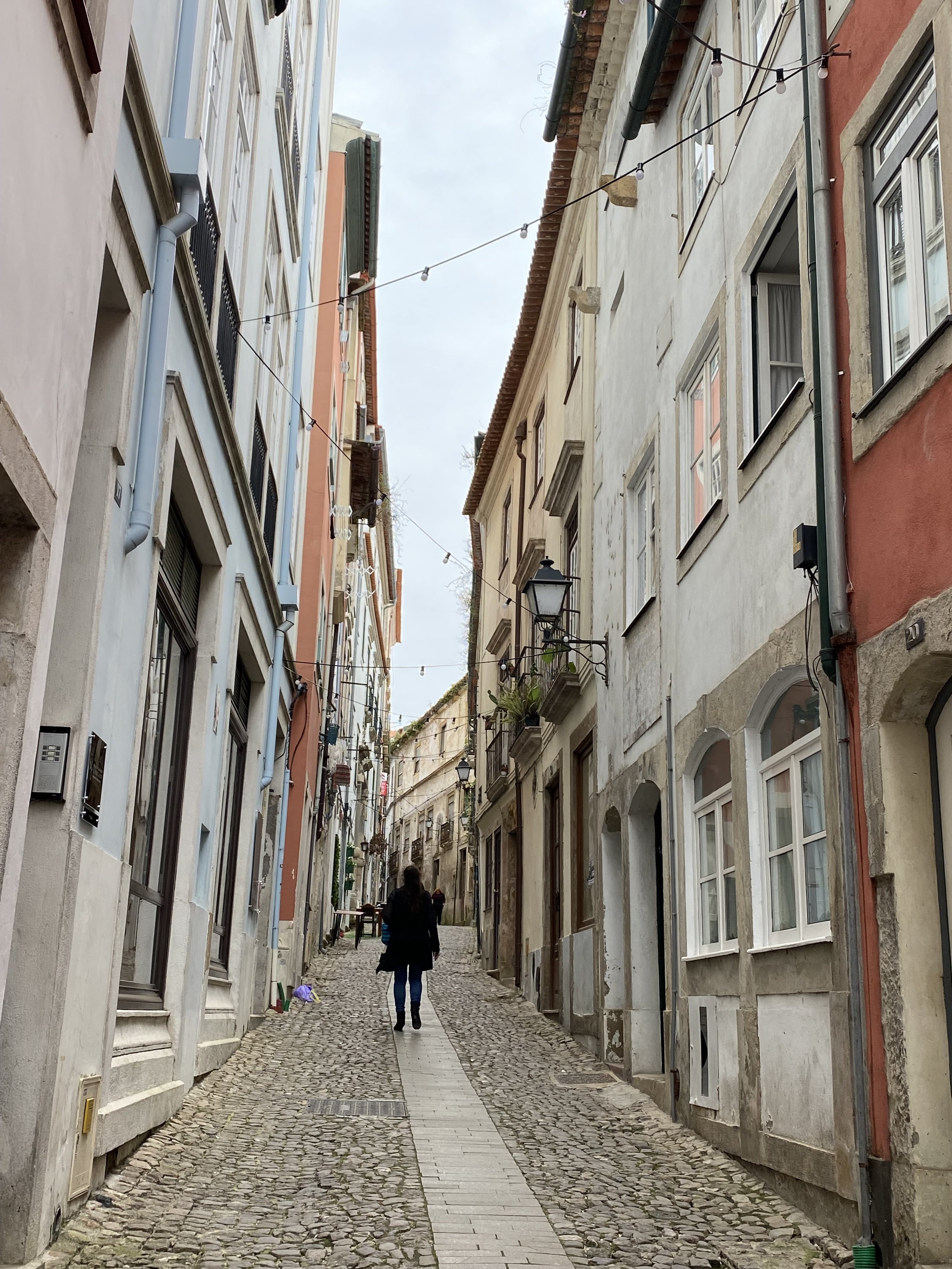
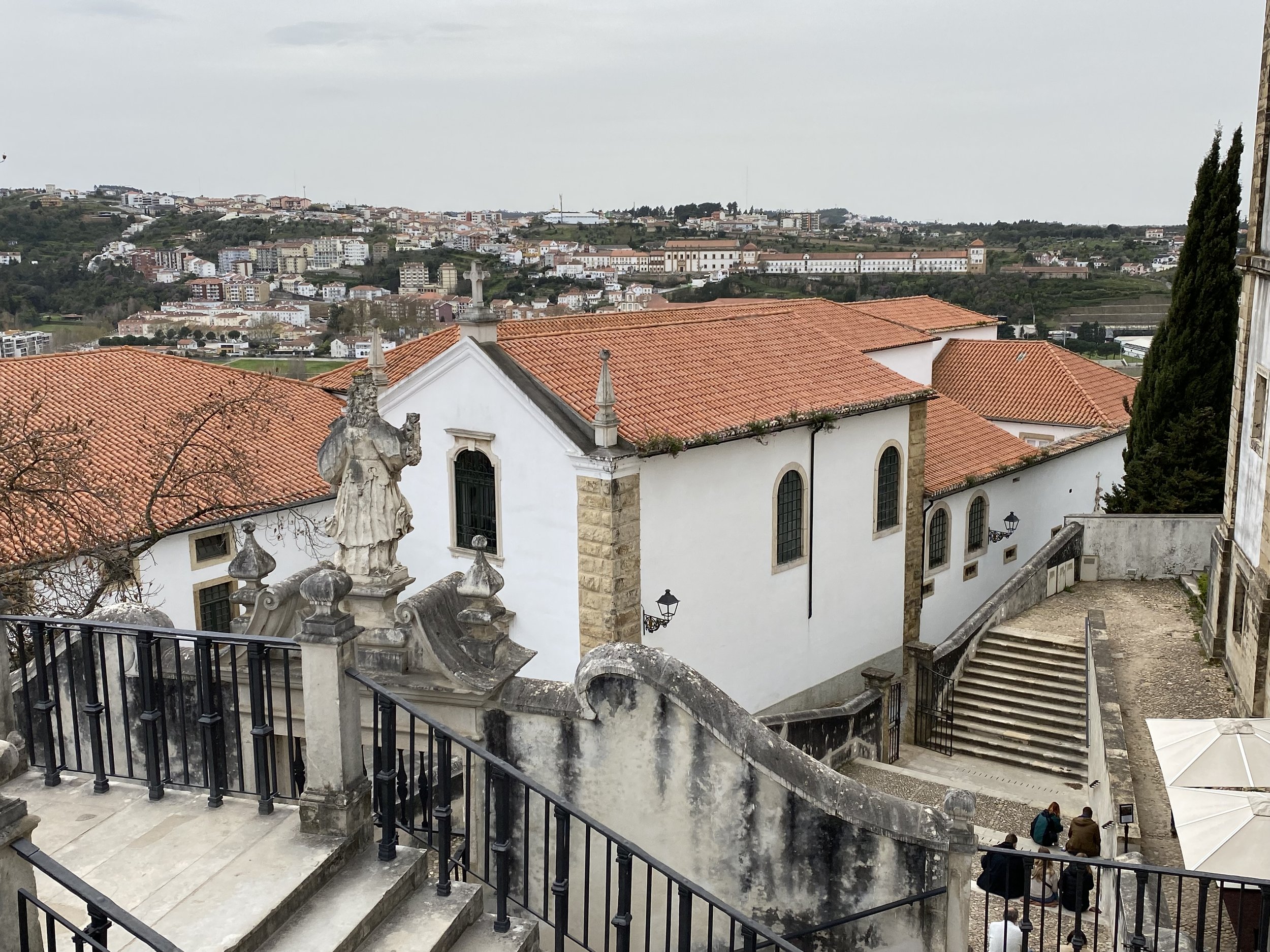
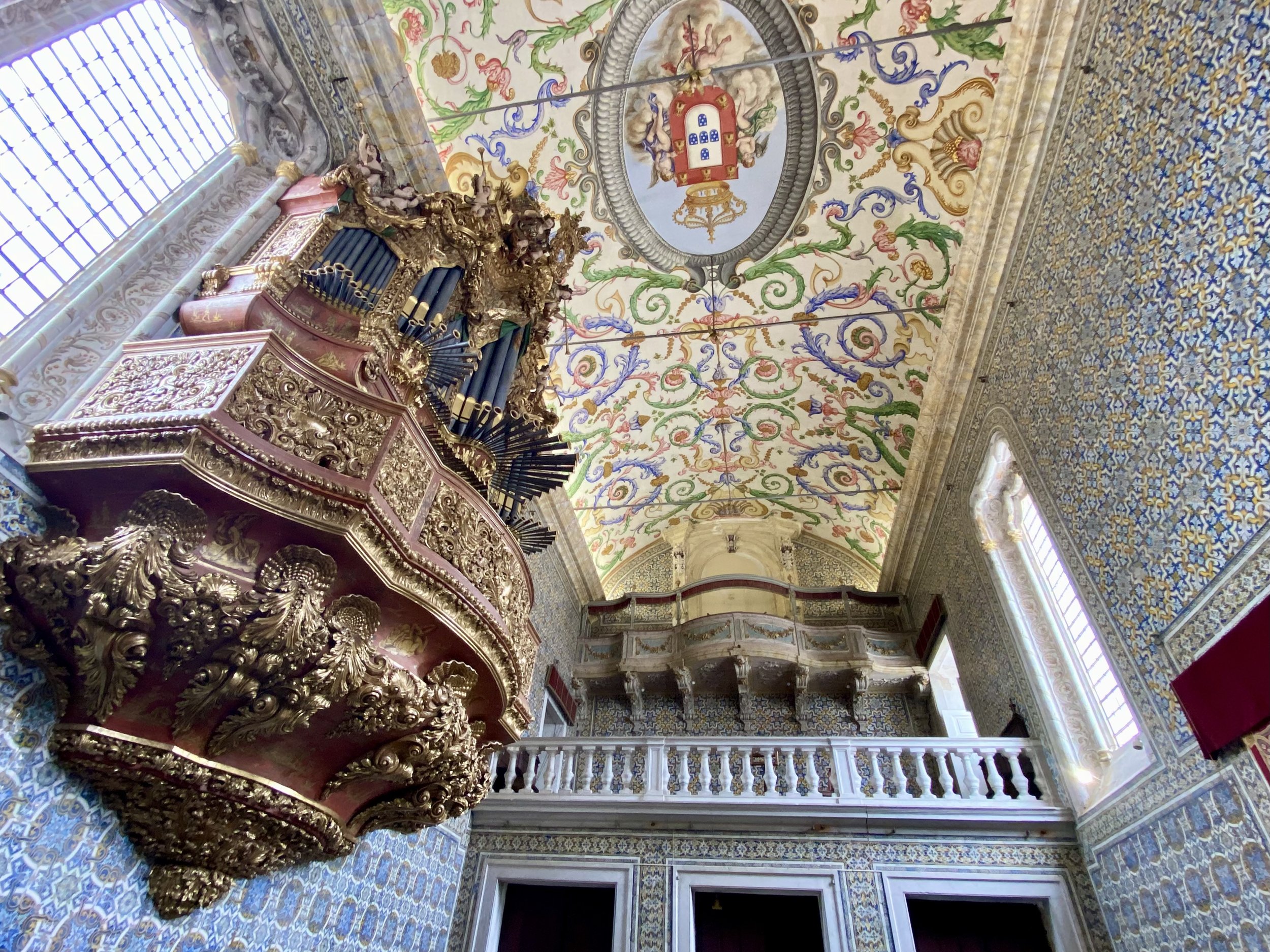
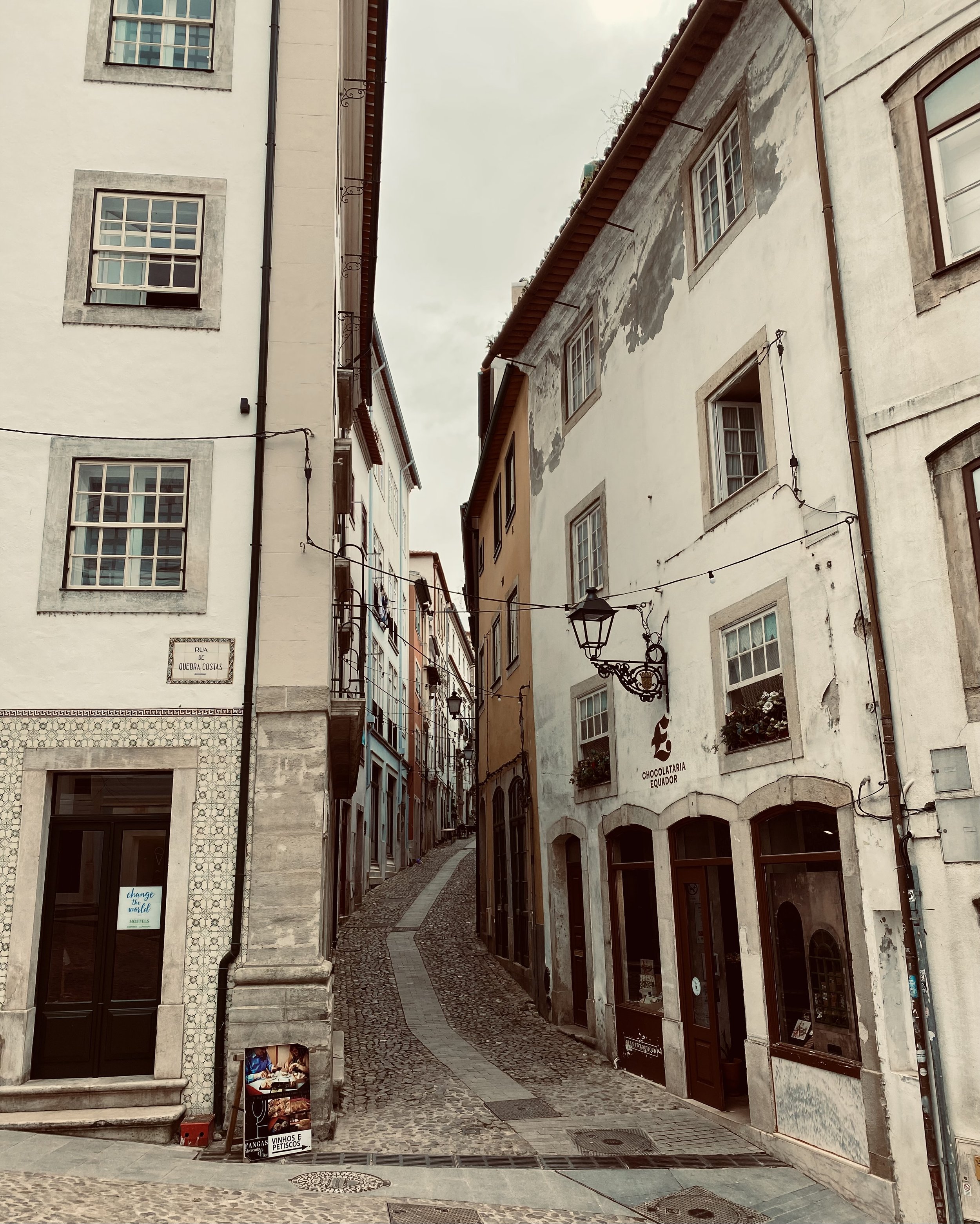

OnTheMove Essentials - Porto
DO
Walk the streets, and check out the architecture of Porto’s historic centre
Check out the Ribeira district along the waterfront
Cross the Luis I bridge with seeping views over the river, and watch the sunset form the Jardim do Morro
If you have more time, check out the oceanfront areas of Foz and Matosinhos (10km west of central Porto)
EAT/.DRINK
The legendary francesinha - a monstrosity of a sandwich that’s a local Porto speciality you have to try once
Port wine from one (or more) of the port houses across the river in Gaia
Seafood and fish (especially in Matosinhos) for some of the freshest fish you’ve likely ever had. Bachalau (cod) is the national dish so you’ll see versions of this on many menus.









